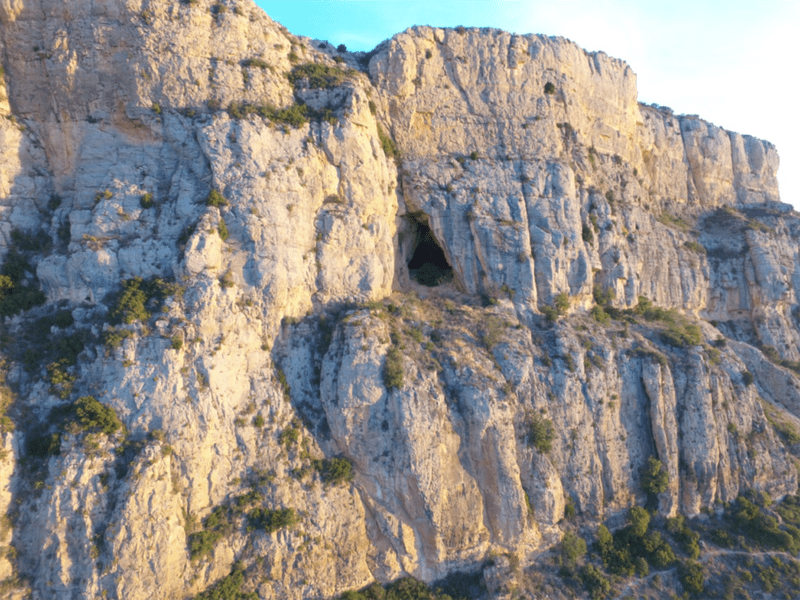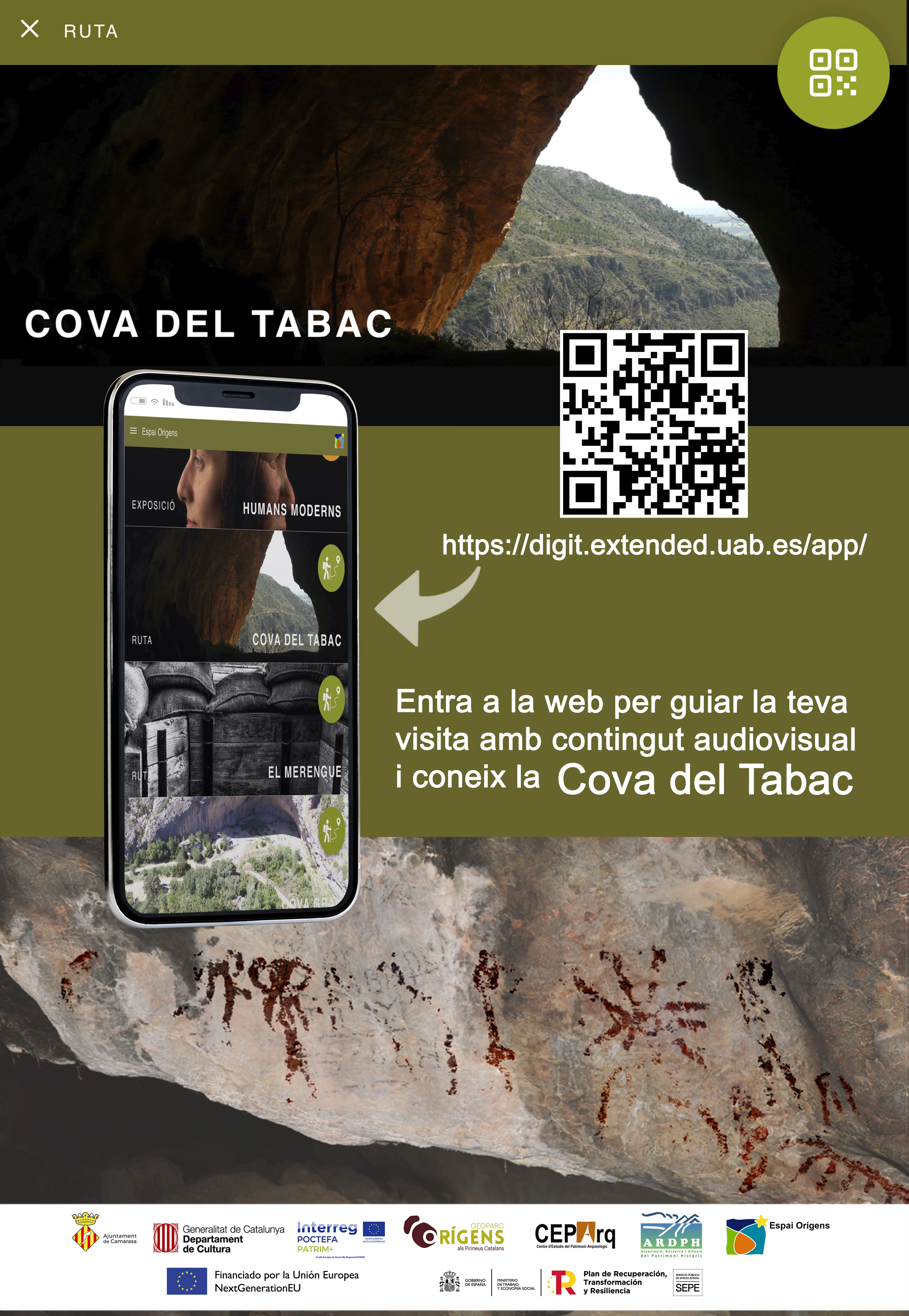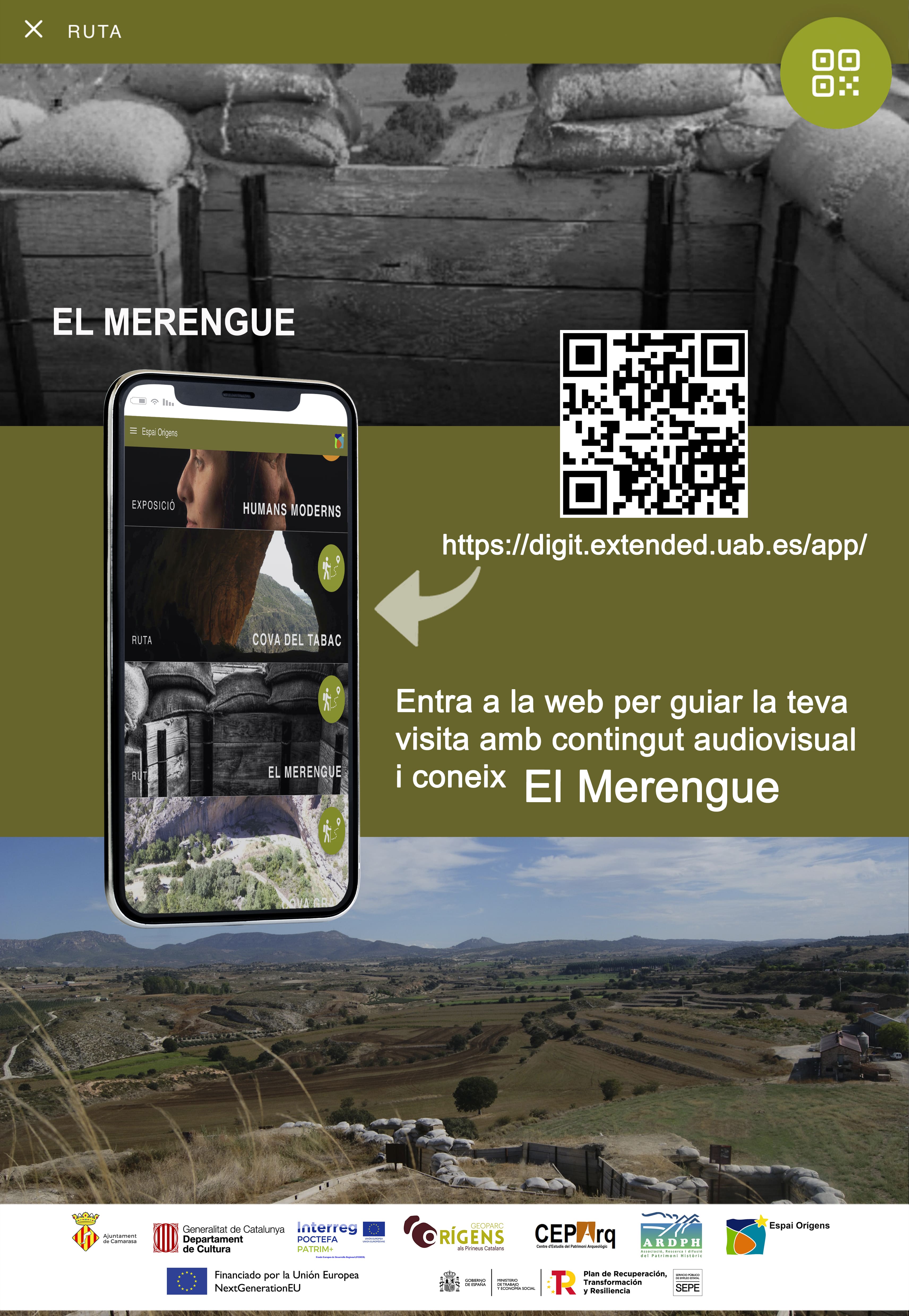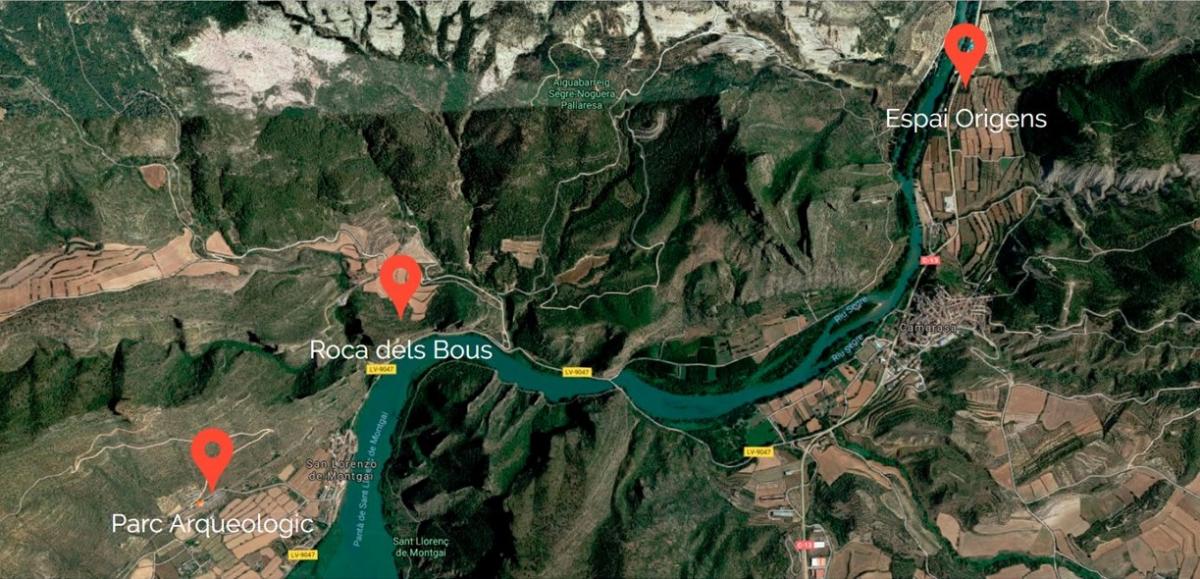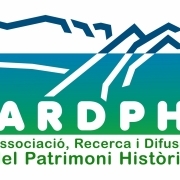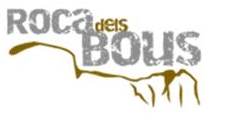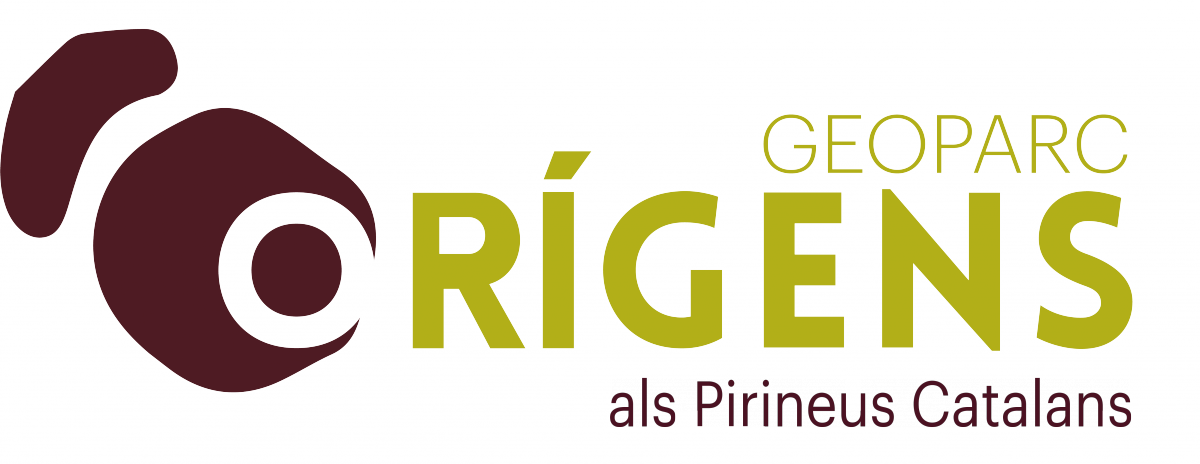With the Tobacco Cave Espai Orígens has started a series of visits to the region that will continue to turn the dam of St. Llorenç de Montgai
 (02/22/2014) Twenty people took part in a guided tour of the cave Tobacco, which has gone from Espai Orígens and aims to learn and enjoy the landscape that surrounds the center. In this sense, within a month, on March 22, there will be a new scheduled departure consisting go around the dam of St. Llorenç de Montgai. The environment of the equipment is characteristic today for its contrasts, as it is situated right at the start of the Pre-Pyrenees, entering the Lleida Plain.
(02/22/2014) Twenty people took part in a guided tour of the cave Tobacco, which has gone from Espai Orígens and aims to learn and enjoy the landscape that surrounds the center. In this sense, within a month, on March 22, there will be a new scheduled departure consisting go around the dam of St. Llorenç de Montgai. The environment of the equipment is characteristic today for its contrasts, as it is situated right at the start of the Pre-Pyrenees, entering the Lleida Plain.
 The visitors have come to this cave, where you can take a tour of up to 198 meters, which was formed by the action of water through erosion of rocks and fragmentation. Inside they could see the lines that symbolize human figures, geometric motifs and stellar bodies, artistic remains of the Bronze Age. The twelve paintings are classified as World Heritage by UNESCO since 1998, when all art of this type preserved in the Mediterranean basin received this rating. Its poor condition is used to illustrate the need for society to get involved and be aware of the importance of protecting the archaeological heritage.
The visitors have come to this cave, where you can take a tour of up to 198 meters, which was formed by the action of water through erosion of rocks and fragmentation. Inside they could see the lines that symbolize human figures, geometric motifs and stellar bodies, artistic remains of the Bronze Age. The twelve paintings are classified as World Heritage by UNESCO since 1998, when all art of this type preserved in the Mediterranean basin received this rating. Its poor condition is used to illustrate the need for society to get involved and be aware of the importance of protecting the archaeological heritage.
 Another point of interest has focused the visit are the various theories about the name of the cave. Besides the popular sayings, relating the possible use of the cave by the smugglers as tobacco warehouse has shown that other hypotheses come from academia and are substantiated by research. One of them, linking the cavity next to an old settlement called Tabac in the twelfth century and located very close to Camarasa.
Another point of interest has focused the visit are the various theories about the name of the cave. Besides the popular sayings, relating the possible use of the cave by the smugglers as tobacco warehouse has shown that other hypotheses come from academia and are substantiated by research. One of them, linking the cavity next to an old settlement called Tabac in the twelfth century and located very close to Camarasa.
During the trip to the cave has also been given information on the type of vegetation found in the area, mainly type xerophyte. It is a plant that requires little water and is perfectly adapted to the environment, their characteristic temperature contrasts, with long, cold winters and long, hot summers. The trip also served to bring the importance of the primary sector in the region, taking advantage of the path that runs along one of the ancient ways of transhumance (seasonal movement of flocks of sheep), and where we can see the huts used to shelter the livestock shepherds who ran between Plain region and the Pyrenees.

